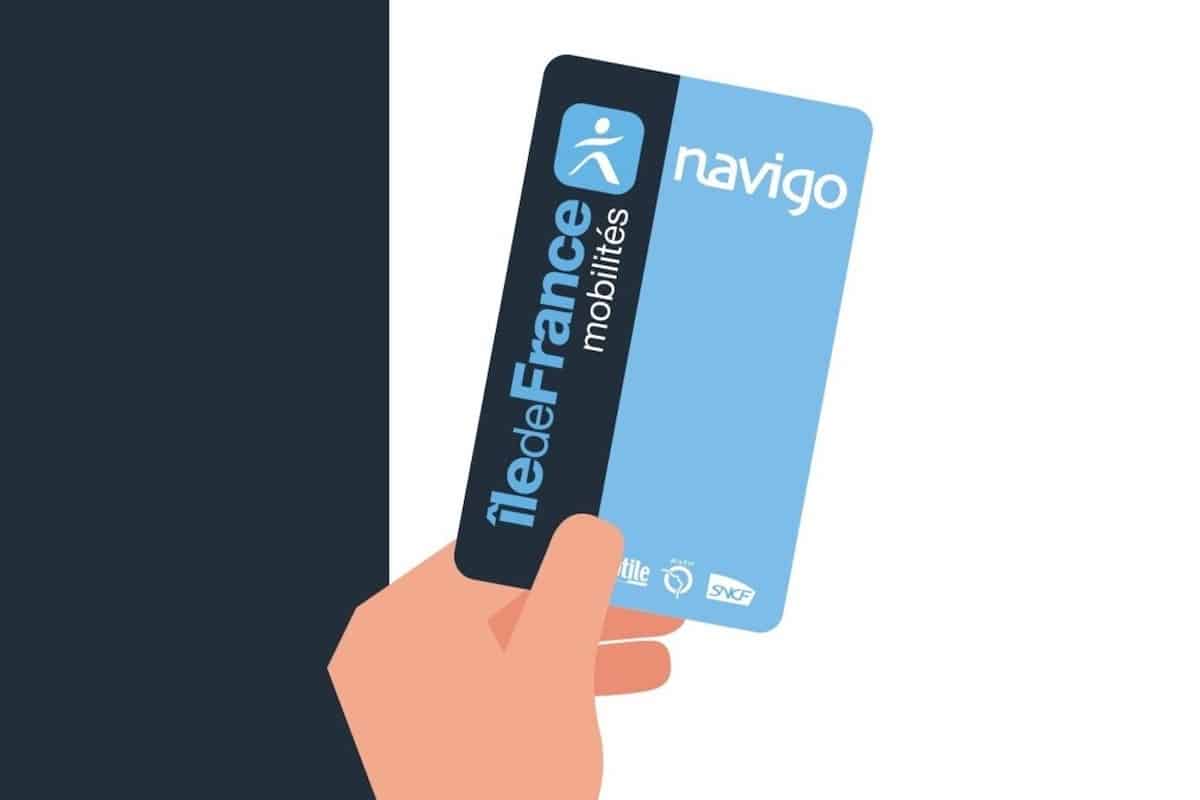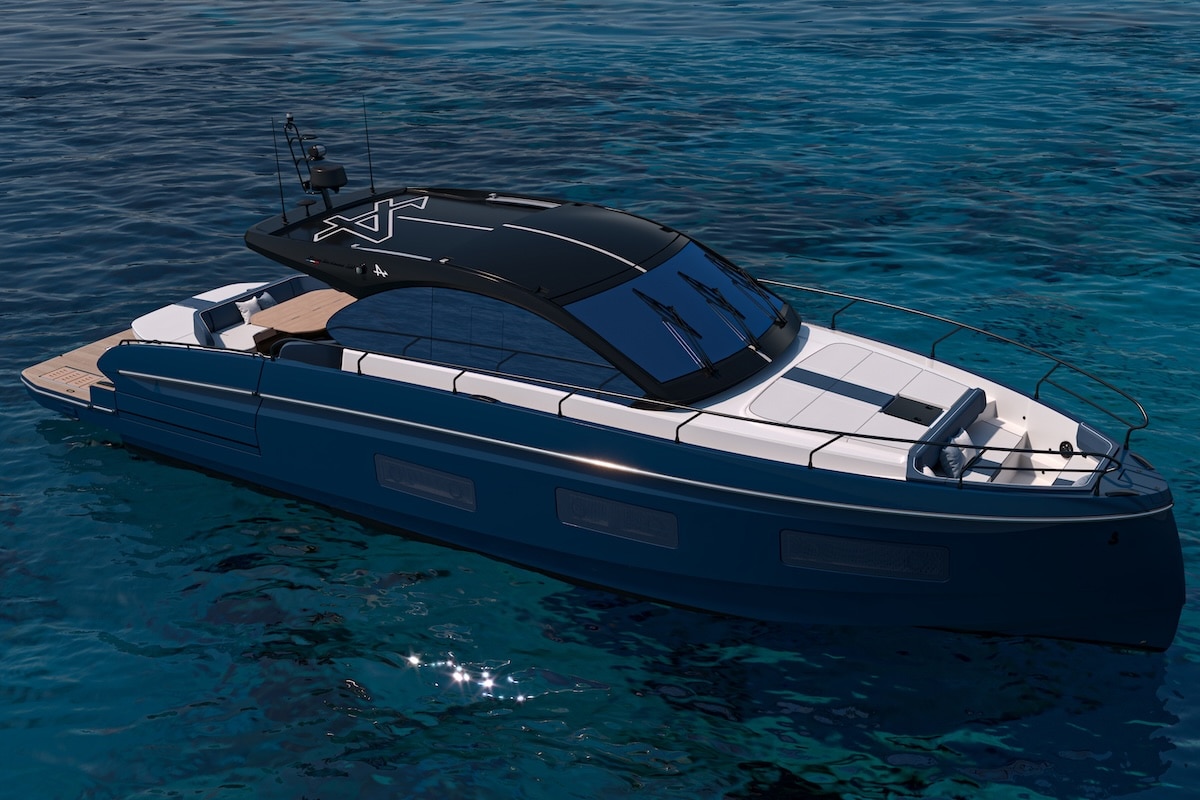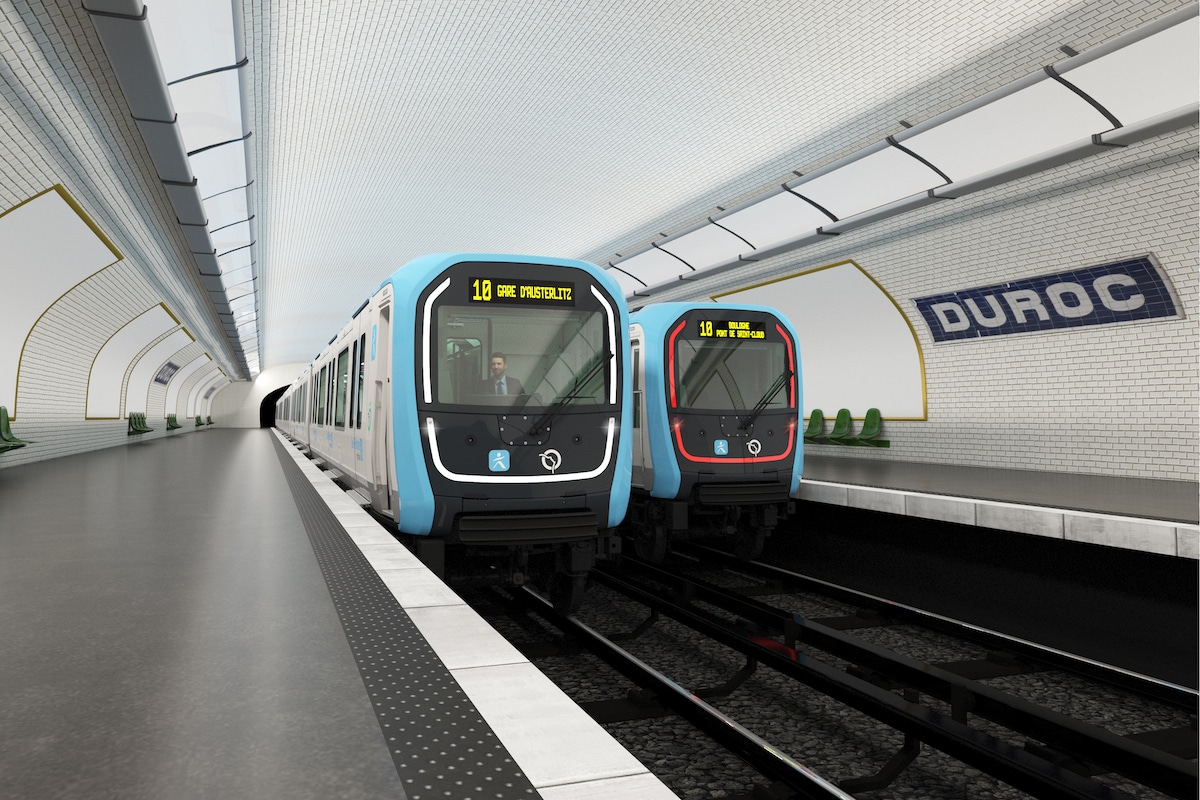Navigo Pass 2026: Inflation Becomes Increasingly Challenging

The price of the Navigo pass will increase by 2.3% on January 1, 2026, when the region estimates inflation to be limited to +1%. Quite a calculation…
On December 10, 2025, the Board of Directors of Île-de-France Mobilités (IDFM) will finalize, barring any surprises, the new fare schedule for the Navigo pass for 2026. The public establishment has applied a simple principle for three years: the Navigo pass cannot increase by more than the inflation rate plus one point. As a result, for 2026: +€2, which represents a 2.3% increase, according to the proposal submitted for vote.
On paper, the increase seems contained. In reality, the regional subscription continues to rise year after year, in line with the colossal investments made to expand and modernize the network. And while 50 to 100% of the additional €2 may be absorbed by employers (who don’t have magical pockets), the signal is strong: the psychological threshold of €100 a month is not far off, and the total bill keeps approaching levels regarded as critical by users.
You might be interestedin this article:
IDFM does emphasize, however, that a solid collective financing mechanism softens the blow. Between the Region, Departments, and companies – via a mobility payment that now covers 52.5% of the system’s cost – the price paid by subscribers remains very far from the actual fare: without subsidies, the monthly Navigo would currently cost €280.
The fare rates for 2026 (reduced rates in parentheses)
| Occasional tickets | |
| Metro-train-RER ticket | €2.55 (€1.30) |
| Bus-tram ticket | €2.05 (€1.05) |
| Access ticket | €2.50 |
| Access ticket via SMS | €2.55 |
| Navigo Liberté + | |
| Metro-train-RER ticket | €2.04 (€1.02) |
| Bus-tram ticket | €1.64 (€0.82) |
| Passes | |
| Annual Navigo all zones | €998.80 |
| Senior Navigo all zones | €544.80 |
| Monthly Navigo all zones | €90.80 (€45.40) |
| Weekly Navigo all zones | €32.40 (€16.20) |
| School passes | |
| Navigo Imagine R (excluding processing fees) | €393.30 |
| Navigo Imagine R Junior (excluding processing fees) | €17.20 |
| Tourist passes | |
| Airport ticket | €14 (€7) |
| Paris visit 1-day adult / 5-days adult | €30.60 / €78 |
A network in full transformation… and costs that are skyrocketing
The main justification for this new increase can be summed up in one sentence: the Île-de-France network has never evolved as quickly. Since 2016, no less than 1,400 trains, metros, tramways, and RER have been delivered or renovated. The transition is also ongoing regarding buses, with a massive fleet renewal and a shift towards less polluting engines.
Additional new services include: additional bus lines, reinforcement of the Noctiliens, on-demand transport, carpooling, cycling, not to mention the heavy infrastructures that are redrawing the travel map of Île-de-France. In less than a decade, the region will have inaugurated or extended:
• RER E towards the west;
• extensions of metro lines 4, 11, 12, and 14, now connected to Bagneux, Rosny-Bois-Perrier, Aubervilliers, or even Orly Airport;
• tramway lines T9, T10, T11, T12, T13, plus several extensions of lines T1, T3b, T4, and T6.
And the pace is not slowing down: Cable 1, Tzen 4, followed by lines 15, 16, 17, and 18 of the Grand Paris Express are set to further transform mobility in the region. The problem is: a larger network costs more to operate. More kilometers traveled, more staff, more maintenance, more energy: each extension mechanically affects IDFM’s financial accounts.

Increasing pressure on subscribers
To maintain the economic balance of the system, IDFM promotes a so-called “fair” financing model:
• 52.5% of the total cost borne by companies with more than 11 employees;
• 47.5% coming from local authorities and travelers, both regular and occasional.
However, even with this distribution, the equation becomes complex. Because while local authorities contribute to inflation + 2%, the constant increase in expenditure puts growing pressure on public fares.
Hence this 2026 increase, presented as “moderate,” but which adds to a series of successive adjustments. Without being drastic, it maintains an underlying trend that makes the Navigo increasingly costly, especially for users who are not or minimally subsidized: students, freelancers, self-employed professionals, retirees…
Towards a Navigo at €100 per month?
If the increase remains limited to €2 monthly (or €24 per year multiplied by the millions of users), the trend is clear: the nominal price of the Navigo is approaching €100. A symbolic perspective, certainly, but also political, as this subscription represents a marker of the quality of life in Île-de-France.
The vote on December 10, 2025, is expected to finalize these new fares, applicable from January 1, 2026. It remains to be seen whether the upcoming service launches, particularly those of the Grand Paris Express, will convince users that this regular inflation is truly offset by a faster, more reliable, and more extensive service.
READ ALSO : Twingo twice as cheap as the Navigo Pass!
This page is translated from the original post "Pass Navigo 2026 : l’inflation passe de plus en plus difficilement" in French.
We also suggestthese articles:
Also read




